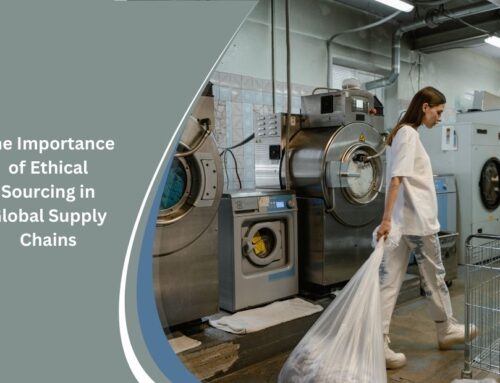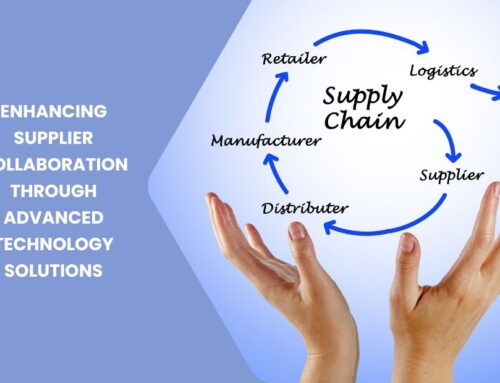You’ve seen firsthand how supply chain disruptions—from raw material shortages to shipping bottlenecks—can unravel even the most well-structured operations. These disruptions aren’t rare anomalies anymore; they’re recurring stress tests for global logistics. That’s why M&A strategies are shifting. Instead of chasing volume alone, companies like yours are investing in resilience—acquiring capabilities that strengthen agility, visibility, and control. In this article, you’ll explore how modern disruptions are reshaping deal-making, where strategic acquisitions are filling operational gaps, and why resilience now ranks alongside ROI as a top priority in logistics-focused M&A.
Redefining Value Through Resilience
When disruption becomes the norm, traditional metrics like cost reduction and market share tell only half the story. You’re now evaluating targets based on how they reduce your exposure to volatility. Can this acquisition give you better real-time data? Will it shorten your supply routes or localize production? Does it come with proven crisis management processes or diversified supplier networks? These are the kinds of questions that now drive due diligence.
You’ve likely adjusted your own benchmarks. A logistics tech firm with superior visibility tools may be more valuable than one with broader but less responsive infrastructure. Or a regional carrier with a deep local network might bring more reliability than a larger, asset-heavy counterpart struggling with capacity. Resilience isn’t just a benefit—it’s a strategic asset that can be quantified, priced, and negotiated during acquisition.
Tech Acquisitions to Weather the Storm
If your company didn’t prioritize supply chain visibility five years ago, odds are you’re paying for it now. That’s why tech startups offering real-time tracking, predictive disruption modeling, and adaptive planning are commanding attention. Acquiring these firms gives you tools to respond faster and predict disruptions before they hit. Whether it’s API-powered integration, IoT-based monitoring, or AI-based forecasting, you’re buying operational foresight.
You’ve also seen the value in modular tech. Startups that offer solutions designed to integrate into legacy systems without massive overhaul are hot commodities. Their platforms don’t just help you monitor freight or inventory—they help you do it without tearing down your entire stack. That speed to implementation is a resilience driver all on its own.
Geographic Diversification as Risk Mitigation
One storm, one strike, or one regulatory change can halt operations if you’re too concentrated in a single geography. That’s why geographic diversification has become a key reason for acquisitions. You’re not just looking at regional players for growth—you’re eyeing them as insurance. Acquiring smaller providers in different countries or regions spreads risk and ensures you have fallback capacity when one lane shuts down.
This trend is particularly visible in nearshoring strategies. You might be acquiring warehousing firms or 3PLs in Mexico, Eastern Europe, or Southeast Asia to shorten supply routes and reduce reliance on fragile trans-Pacific or transcontinental corridors. It’s not about moving away from globalization—it’s about balancing it with regional optionality.
Vertical Integration for Greater Control
When resilience becomes your goal, having tighter control over logistics processes matters more. That’s pushing you toward vertical integration—acquiring upstream or downstream partners to gain visibility and decision-making power. You’ve seen brands acquire raw material suppliers, contract manufacturers, or last-mile delivery networks, not for margin expansion but for response time reduction.
You’re eliminating friction. If a bottleneck occurs, having internal oversight across more steps lets you reroute, substitute, or prioritize faster. This isn’t about empire-building; it’s about supply chain agility. A food company owning cold chain infrastructure or an electronics giant taking over component sourcing might’ve seemed like outliers a decade ago. Now it’s a standard hedge against chaos.
ESG and Regulatory Pressure Shape Targets
Your investors and customers are watching your environmental footprint more closely than ever. That makes ESG not just a reporting requirement, but an M&A lens. You may now weigh whether an acquisition helps you reduce emissions, cut waste, or comply with sourcing mandates. Targets with established green logistics solutions—like EV fleets, energy-efficient warehousing, or recyclable packaging systems—can be more attractive than larger, less adaptive counterparts.
Regulatory resilience also plays a role. You’ve likely encountered new customs rules, trade restrictions, or data compliance standards. Acquiring a company with established compliance systems in place reduces onboarding risk and regulatory exposure. It’s a defensive play, but one that increasingly affects the valuation of acquisition targets.
Culture, Speed, and Execution in the Integration Phase
It’s not just about who you acquire—but how you integrate. Resilience-focused deals often bring different team cultures together: your structured, process-driven operations and their fast-paced, iterative development cycles. If you don’t plan for that cultural integration, your post-deal execution will suffer.
You’ve probably learned that keeping the acquired company semi-autonomous—at least during the transition—protects the value you’re buying. Whether it’s retaining the startup’s leadership, protecting their product roadmap, or shielding them from bureaucratic slowdown, your integration strategy is now part of your resilience strategy. It determines whether the acquisition improves or just expands your risk exposure.
Why Resilience Drives M&A in Logistics
- Acquiring real-time visibility tools
- Reducing geographic dependency
- Gaining vertical control over operations
- Enhancing ESG and compliance readiness
- Speeding up crisis response and adaptation
In Conclusion
You’re no longer buying companies just to grow. You’re buying to adapt, to protect, and to prepare. In an era where supply chain disruptions are routine, your M&A strategy has to account for fragility, complexity, and velocity. Resilience is no longer a byproduct—it’s the goal. Whether you’re eyeing predictive logistics platforms, regional carriers, or vertically integrated partners, your next acquisition should do more than scale your footprint—it should stabilize it. That’s the real competitive edge today.










